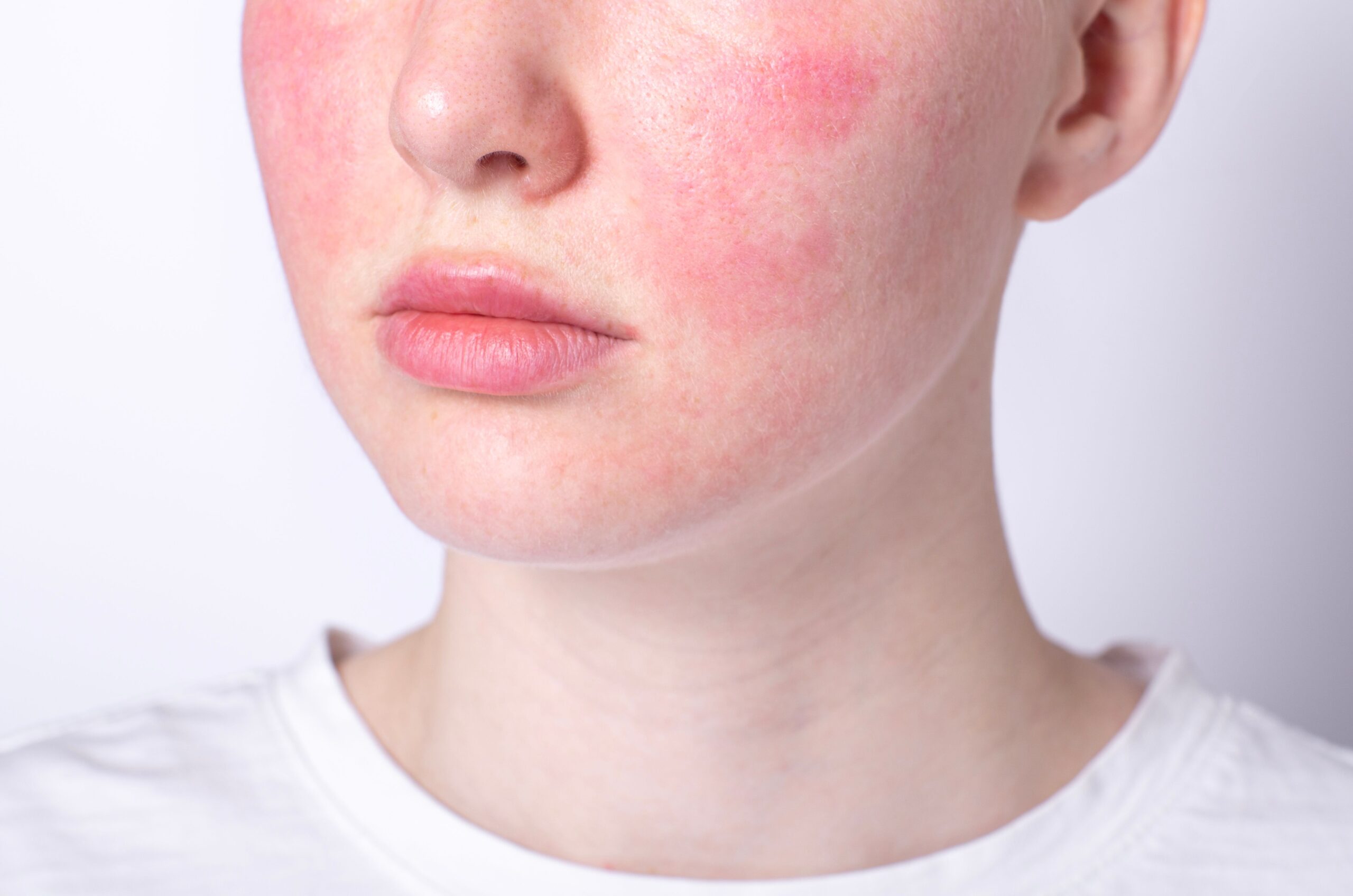iso100production/Adobe Stock
In a recent systematic review1 Regarding the effectiveness of treatments for pediatric rosacea, investigators found that erythromycin, azithromycin, and metronidazole were the most common topical formulations prescribed to patients. Additionally, they found that topical corticosteroids, in some patients, caused induced or exacerbated rosacea when applied to the face.
The study authors, Geng et al., sought to identify treatments for pediatric rosacea patients, noting that the prevalence of rosacea in this patient population is rare and lacks specific treatment recommendations, research, etc. They also sought to determine the effectiveness of these treatments in young patients.
Using the CINAHL, EBM Reviews, Embase and Medline databases, the investigators searched for articles and searches using search terms such as “rosacea”, “idiopathic facial aseptic granuloma”, “perioral and periorificial dermatitis “, “pediatric” and other relevant or related terms. terms from the start of the collections of the respective databases until September 2023. In total, 2,251 articles have been accumulated.
Included studies and articles, exclusively case reports and case series, had to involve patients younger than 18 years, report clinical outcomes, and involve the use of topical, systemic, and other non-pharmaceutical treatment options. .
Treatment effectiveness was defined as partial or complete remission of the disease. Individual reports exclusively with a quality report of “good” according to the quality assessment tool of the National Institute of Health.
A total of 76 studies were included for review, totaling 389 patients.
Investigators identified the following treatments used in pediatric rosacea patients: azelaic acid, macrolide antibiotics, metronidazole, tetracycline antibiotics, corticosteroids, cyclosporine, clindamycin, isotretinoin, ivermectin, tacrolimus, and pimecrolimus, as well as other physical modalities.
According to the study authors, this is the first known study evaluating the effectiveness of treatments in all forms of pediatric rosacea, including AFG, erythrotelangiectasia, fulminans, granulomatous, ocular, papulopustular, periorificial dermatitis. , phymatous and steroid-induced. .
“Antibiotics were the most commonly used treatment, being used on 345 occasions, either as monotherapy or in combination. Of the antibiotics reported, erythromycin, metronidazole and azithromycin were the most commonly used, with azithromycin being used more often to treat ocular manifestations and erythromycin and metronidazole to treat ocular manifestations. resolve skin manifestations. In terms of effectiveness, all patients achieved at least partial remission,” the authors wrote. ‘study.
Additionally, they found that their study highlighted the potential risks associated with the use of corticosteroids in the treatment of facial rosacea, as several patients involved in the study had rosacea induced or exacerbated by their use.
Potential limitations of the study, as noted by the investigators, included limited data on rosacea and treatment options for this condition in this age group.
“As such, it is not advisable to directly compare efficiencies,” they wrote. “Instead, treatment decisions should be made following continued monitoring of clinical response, adverse effects and patient preferences.”
Reference
- Geng R, Bourkas A, Sibbald RG, Sibbald C. Effectiveness of rosacea treatments in the pediatric population: a systematic review. JEADV clinical practice. Published online October 26, 2023. doi:10.1002/jvc2.297
#Review #finds #topical #erythromycin #azithromycin #metronidazole #common #treatments #pediatric #rosacea
Image Source : www.dermatologytimes.com

